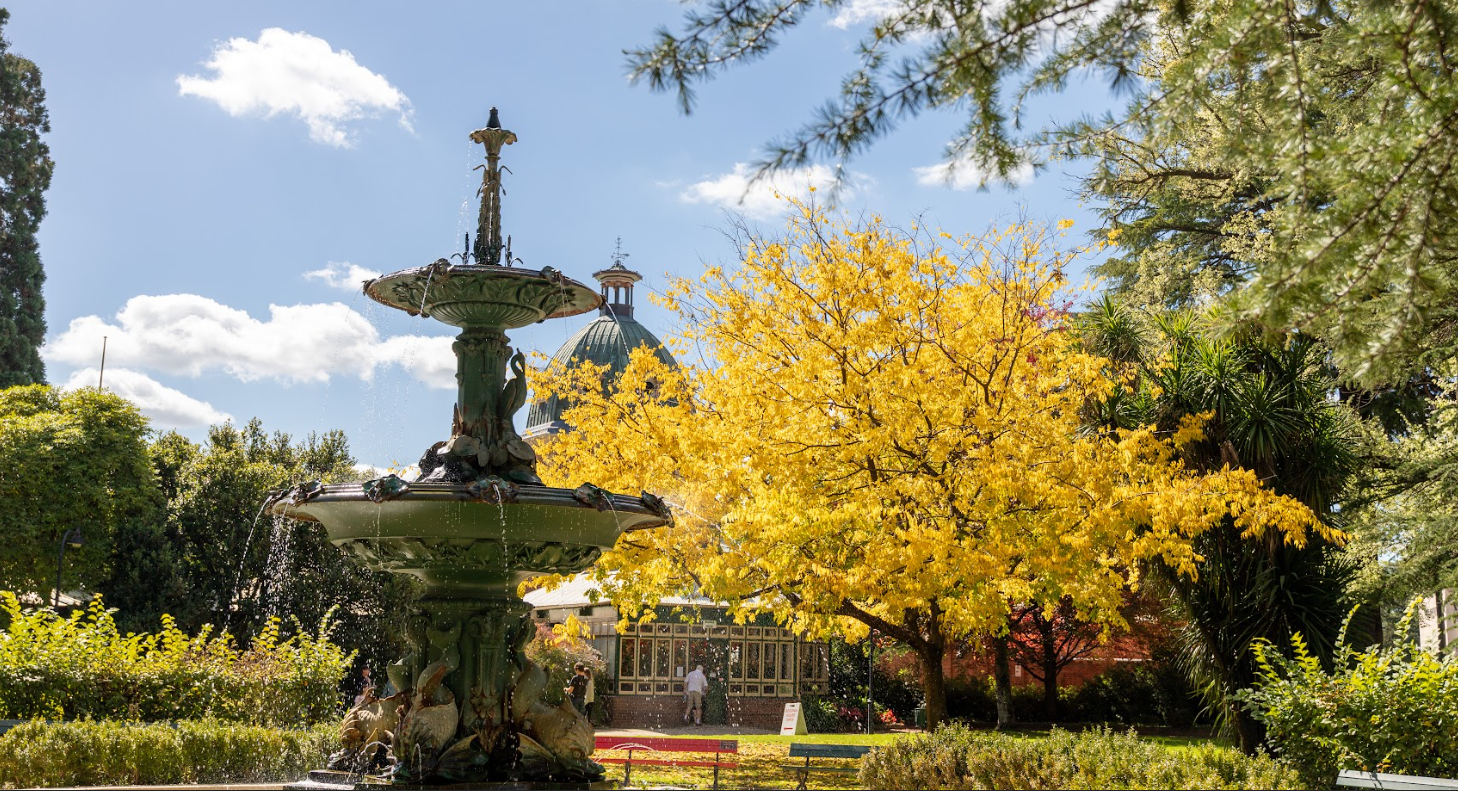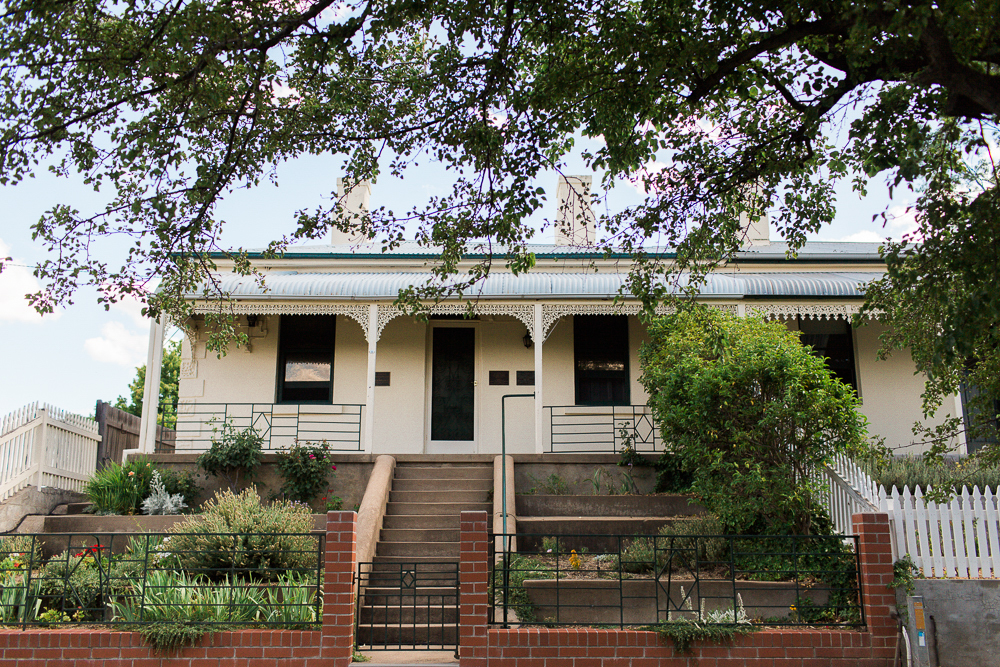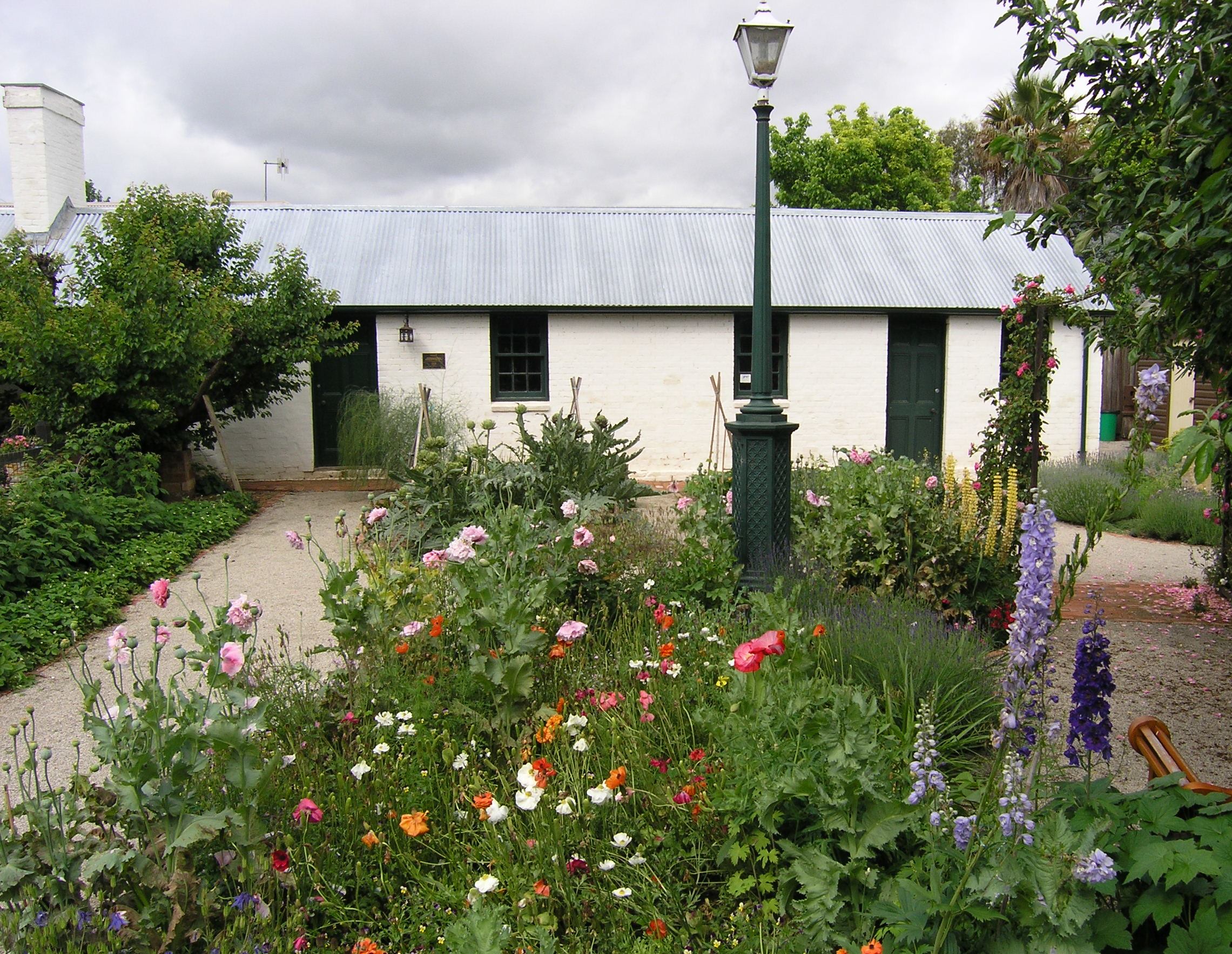Nine must-see heritage attractions in the Bathurst region

This article is brought to you by Bathurst Heritage Trades Trail.
History lives in the Bathurst region. The Wiradjuri people, the Traditional Owners of the land, shaped the landscape of the plains over thousands of years through their use of fire, hunting and agriculture. The pioneers ventured over the Blue Mountains to the Bathurst Plains from 1815, when the first road over the mountains was completed at the behest of Governor Macquarie. This laid the foundation for the town, officially named Bathurst on 7 May 1815.
The town grew steadily, but in 1851 gold was discovered and the town of Bathurst boomed, becoming Australia’s first gold centre. Along with this treasure came bushrangers, keen to try their luck at robbing the carriages carrying the gold down the mountain to Sydney. And miners, who worked hard in their search for fame and fortune, could drink at their favourite watering hole – with 61 hotels to choose from.
You won’t find that many hotels in the Bathurst of today, but you will find a modern city with one foot firmly planted in the past. The town embraces its history, warts and all, with the 2024 Bathurst Heritage Trades Trail set to take place in March at the Bathurst Showground to celebrate the history, trades and traditions that shaped this region. To further add to the celebrations, spend a few days exploring some of the historic buildings that have played a role in the Bathurst of today.
Abercrombie House
This historic mansion, built by the pioneering Stewart family in the1870s, has been lovingly restored by the Morgan family over the past 50 years. Its elegant stone walls contain reception rooms, a grand staircase, ballroom, bedrooms and corridors, with tours inside the house, the outbuildings and the magnificent grounds available all year round. To elevate your experience, book in for a High Tea in the beautiful ballroom, or attend one of the special Scottish events held throughout the year.

The 1870’s historic mansion, Abercrombie House in Bathurst. Image credit: Bathurst Tourism
Machattie Park
An important example of a late 19th century Victorian country town park, Machattie Park was formally opened in December 1890 on the site of the Old Bathurst Gaol, which was demolished to make way for the park. Along with its mature and majestic trees, including the stunning avenues of Huntingdon Elms that border the park, Bunya Pine, Atlas Cedar, Red Beech, English Oak, Wellingtonia and Chinese Elm, the park features a bandstand, Caretakers Cottage, Crago Fountain, the Fernery, Lake Spencer and the Munro Drinking Fountain.
Crago Fountain in Machattie Park, Bathurst. Image credit: Bathurst Tourism
Bathurst War Memorial Carillon
This carillon is one of only three in Australia, the others being in Canberra and Sydney. It opened on Armistice Day in 1933, having been chosen by the locals as the best way to honour the men and women who served in World War I. The locals fundraised to build this Carillon, which boasts 35 bells and used 212,000 local bricks. The Carillon chimes every 15 minutes, and plays a tune each day at noon and 1pm.
Bathurst War Memorial Carillon. Image credits: Bathurst Tourism
Bathurst Courthouse
Opened in 1880, this grand Victorian era courthouse in the heart of the city is still being used as a courthouse today with sittings for the court of petty sessions, district and supreme courts. The building, designed by James Barnet, is listed by the National Trust, with the east wing housing the Bathurst and District Historical Society Museum.
Bathurst Flagstaff
This site is of importance as it was where the original proclamation was made to declare Bathurst as a settlement back in 1815. It features the original plaque that was a part of the original flagstaff at the Proclamation Cairn. A viewing platform with etched glass panels features handprints of local Aboriginal children, Elders and Wiradjuri designs of Girawu (the Tree Goanna) and Biladurang (Platypus) dreaming.


Bathurst Courthouse at sunset; Bathurst Flagstaff. Image credits: David Roma, Bathurst Tourism
Chifley Home and Education Centre
Ben Chifley was Australia’s 16th prime minister and he lived in Bathurst with his wife, Elizabeth, during his term. His house has been preserved and is a persisting time capsule of life in the 1940s. The Chifleys moved into the house in 1914, and it still features the original collection of household furnishings, kitchenware and personal effects. An adjacent house is now an informative museum about Chifley’s life and Australian politics back in the day.
Chifley Home and Education Centre. Image credit: Bathurst Tourism
Bathurst Grange Gin Distillery
The Grange was a homestead established on the Macquarie Plains in 1823, making it one of the earliest surviving colonial farmhouses built in inland Australia. Constructed by convicts, the building has a wrap-around verandah, the first of its kind in Australia, and is also known for its symmetrical Georgian façade. Charles Darwin visited The Grange during his visit to Bathurst in 1836, meeting the owners – the West Family. He might have preferred to visit today, since it is now a Distillery, producing impressive gins and whiskies.


The entrance of Bathurst Grange Gin Distillery; the Barrell Room in Bathurst Grange Gin Distillery. Image credits: Bathurst Tourism
Miss Traill’s House
Managed by the National Trust, this charming Victorian-era bungalow built in 1845 tells the story of Miss Ida Traill and her family during their life in the Bathurst of old. Miss Traill amassed an impressive collection of furniture, ceramics, horse racing memorabilia and art, all of which she bequeathed along with the house to the National Trust in 1976. The grounds of the house are a great spot for a picnic, and there are tours of the property on Sundays.


The front view of Miss Traill’s House; the drawing room of Miss Traill’s House, Bathurst. Image credit: Bathurst Tourism
Old Government Cottage
The Old Government Cottage is an excellent example of an original settlers’ cottage, located at 16 Stanley Street on the western side of the Macquarie River. It first became a museum in 1965, and underwent a major repair in 2012, the first major work on the building since the mid-1960s. Its origins are a mystery, with most people believing it was built around 1850 as a school for young ladies. An interpretive display of Bathurst’s earliest history is located within the building.
Old Government Cottage and garden, Bathurst. Image credit: Bathurst Tourism
The 2024 Bathurst Heritage Trades Trail
This wonderful event is held to celebrate the rich history of Bathurst, paying homage to the trades and traditions that have helped shape the region. Held at the iconic Bathurst Showground, the event will showcase rare and lost trades and crafts from Australia’s oldest inland European settlement. Explore fine and rare craftwork inside the pavilions and agricultural and heavy industry heritage trades outdoors. You’ll also witness traditional Indigenous tool and weapon making, blacksmithing, see a saddlery, dry stone walling, whip cracking and making, glass artistry, lace making, tapestry, embroidery, carpentry and joinery, cigar box guitar making and violin making.


Ride on an authentic Cobb & Co Coach, and visit some of Bathurst’s most important museums and heritage houses on a free hop-on, hop-off bus. With so many things to see and do, you’ll need all of the two days to take it all in.
The Bathurst Heritage Trades Tail will uncover the places and stories behind the city of Bathurst.
The Bathurst Heritage Trades Trail is on 16-17 March at the Bathurst Showground. Visit the website here for all of the details.
This article is brought to you by Bathurst Heritage Trades Trail.





